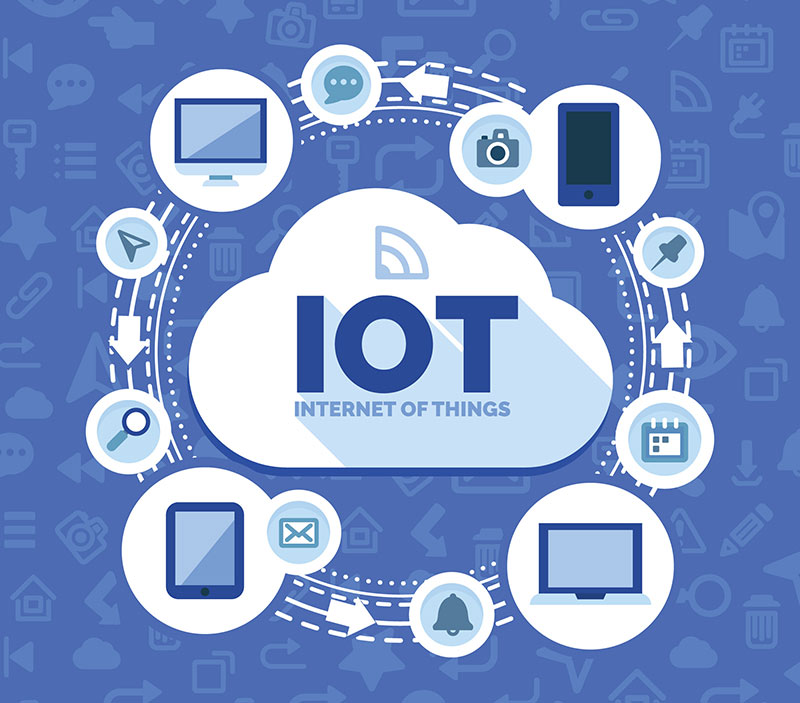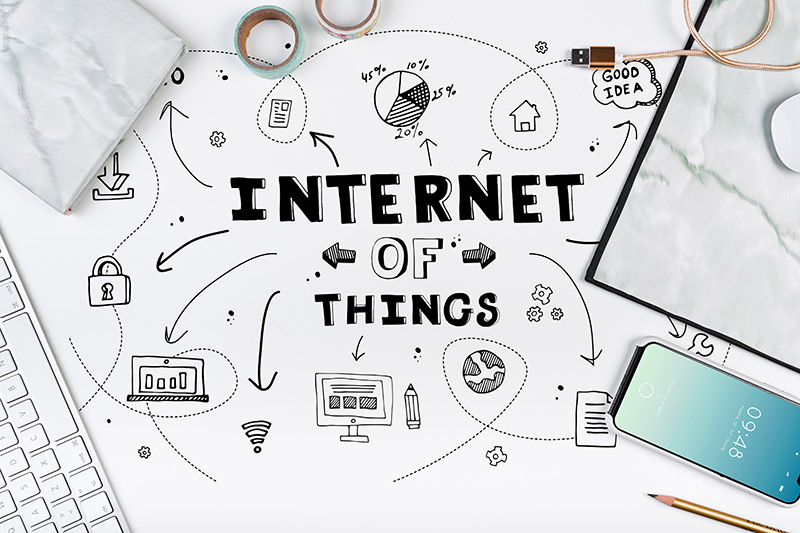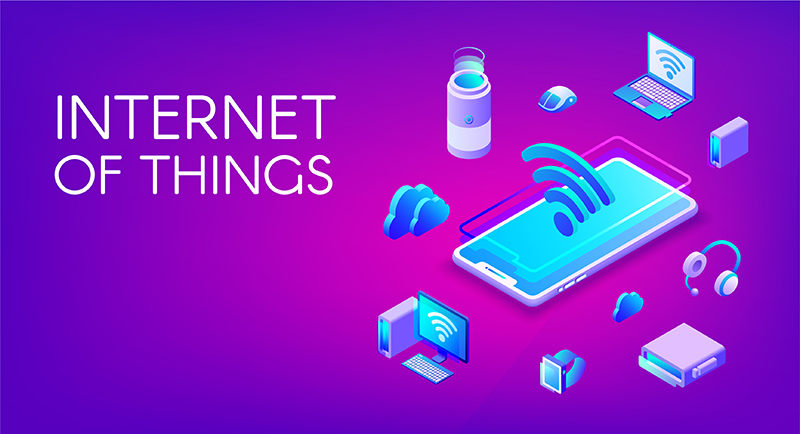Internet of Things
We all have heard of IoT or the Internet of Things, and many of us even use it on a regular basis. From smart security systems to wearable watches to automatic comfort controls at homes, IoT has started enabling us with auto-adapting, user-centric devices, pioneering the next stage in the Internet’s evolution.
This is the reason why many companies have started realizing its importance and become keen on investing in IoT. There are many ways an entity can begin its IoT journey. But the important thing is not to let the perceived complexity of the Internet of Things obscure the possibility to embark on more rewarding projects for companies.
A simple way to do this is to start with laying a robust framework for your IoT system. There is no single architecture that will suit all areas of IoT. However, you can invest in a four-part IoT network architecture that is used today as a support for many IoT systems. Consider these devices as stages in an IoT process. All of them are integrated structures that carry valuable data from different networked ‘things’ to production and IT systems to deliver actionable business insights.

The Architecture Of An IoT System
1) Sensors And Actuators
In this stage, sensors collect data from the environment and turn that data into useful information. An example of this is the specialized structures in your cell phone that detect the directional pull of gravity and use that as data to orient the device. Similarly, actuators also intervene to change the physical conditions that generate the data. For example, an actuator shuts off the power supply or adjusts the air flow valve in a system. This sensing or actuating stage covers all sorts of devices, including industrial devices, robotic camera systems, water-level detectors, air quality sensors, and heart-rate monitors.
In reality, data processing takes place in every stage of IoT architecture. However, the data that is processed at the sensor has limited use, as the processing power available on each IoT device is limited. Since data is at the center of IoT network architecture concept, one has to also consider immediacy and depth of insight while processing the data. The faster the information needs to be delivered, the closer to the end devices the processing has to be. Deeper insights require more processing. In this case, the data is moved into a cloud-based system or a data center-based system that accommodates several sources of data altogether.
2) The Internet Gateway
The data that collects in the sensors is in analog form. Hence, it needs to be curated and converted into digital streams for further processing. DAS or data acquisition systems perform these data aggregation and conversion processes. DAS connects to the sensor network, collects outputs, and converts the analog data into the digital data. The internet gateway receives the collected and digitized data and sends it to stage 3 systems through Wi-Fi or LAN connections for further processing.
Stage 2 systems often remain close to the sensors and actuators. For example, a pump may contain many sensors and actuators to feed data to the data collection device for digitization. It can be physically attached to the pump. A gateway device close to it then processes the data and forwards it to the next stage system. Intelligent gateways can build on basic gateway functionality, offering capabilities like malware protection, data management services, and analytics. Such systems make it possible to analyze the data in real time.
3) Edge IT
Once the data has been digitized, it can now visit the realm of IT. However, the data may still require some processing before it can enter the cloud or data center. This is where edge systems come in. Edge systems perform more analysis of the data. They can be placed in remote offices or edge locations but are usually located in the facility closer to the sensors.
Since IoT data can easily consume network bandwidth and swamp your data resources, it is best to have edge systems that are capable of performing analytics, as it will lessen the burden on core IT infrastructure. Still, having an infrastructure as this is not easy. If there is just one data pipe carrying the data to the data center, it has to be of enormous capacity. There will be other concerns as well, like security issues, storage issues, delays in processing the data. By using a staged approach, you can efficiently pre-process the data and generate meaningful results.
For example, rather than sending the raw vibration data for the pumps, you can process the data and pass on the projections only when a device fails or needs servicing.

4) The Data Center And The Cloud
Data that requires more in-depth processing gets forwarded to the cloud-based systems or the physical data center. Here, more efficient IT systems analyze, manage, and store the data. It is already a long process where data has to reach the fourth stage. However, you can undertake an even more in-depth analysis or combine sensor data with data from other sources for deeper insights. The processing in this stage takes place in the cloud systems, in a hybrid cloud system, or on premises.
With this, IoT will continue to augment commercial, industrial, engineering, and scientific endeavors in many unpredictable ways. As an instrument, IoT will enable companies to connect smart technology with a universe of data-emitting objects.


